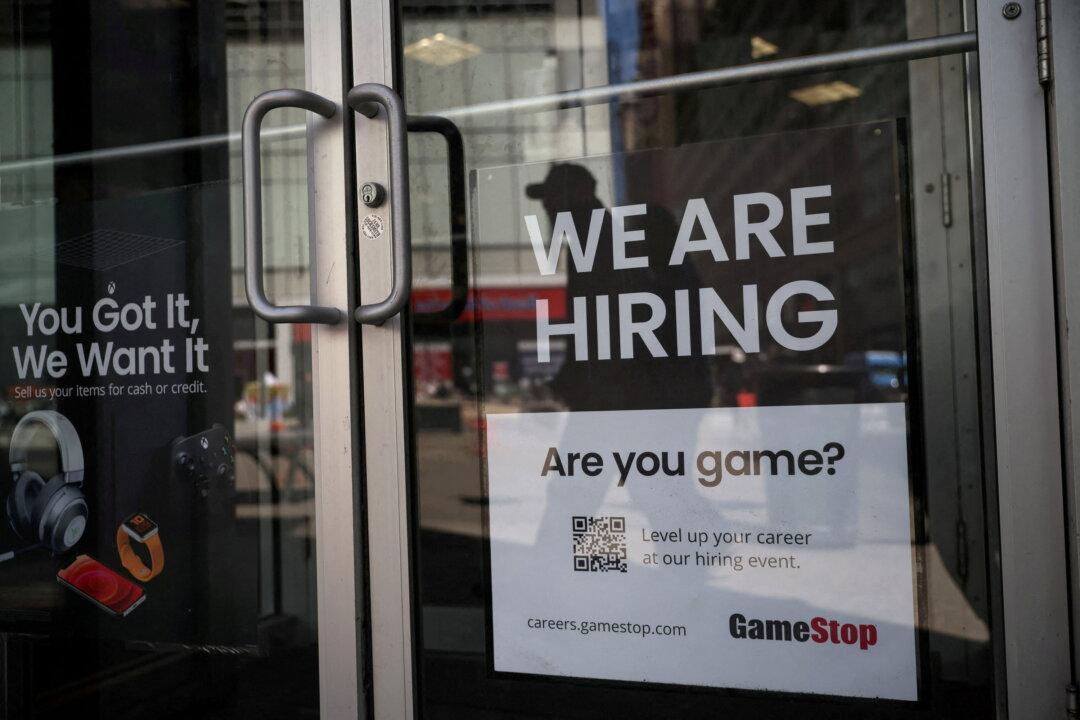Small businesses are struggling to hire owing to a shortage of qualified applicants, while also being challenged by inflation, according to reports by the National Federation of Independent Business (NFIB).
Forty-three percent of owners had job openings they could not fill in March, on a seasonally adjusted basis, said NFIB’s March 2023 Jobs Report. Meanwhile, 34 percent had openings available for skilled workers and 19 percent for unskilled workers.





